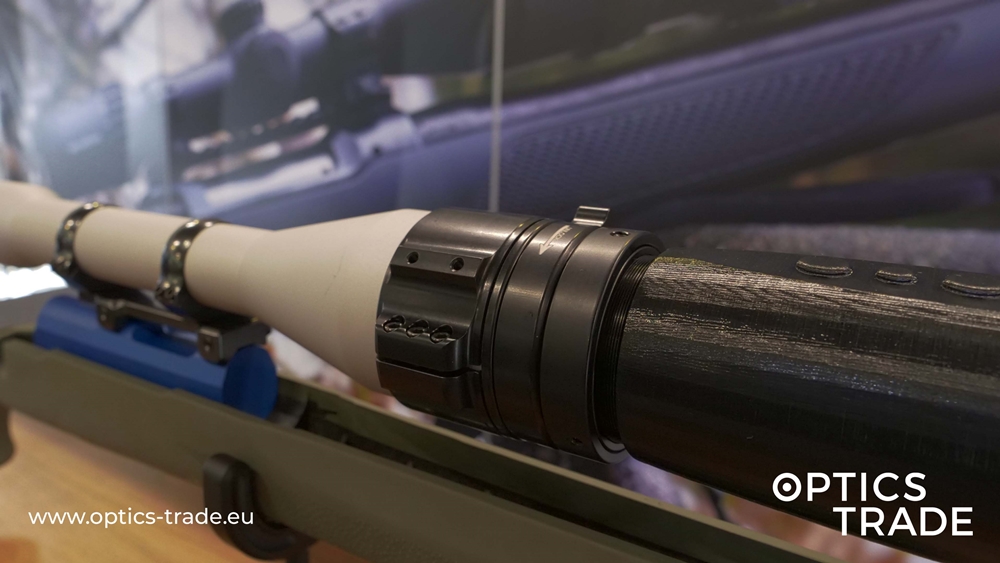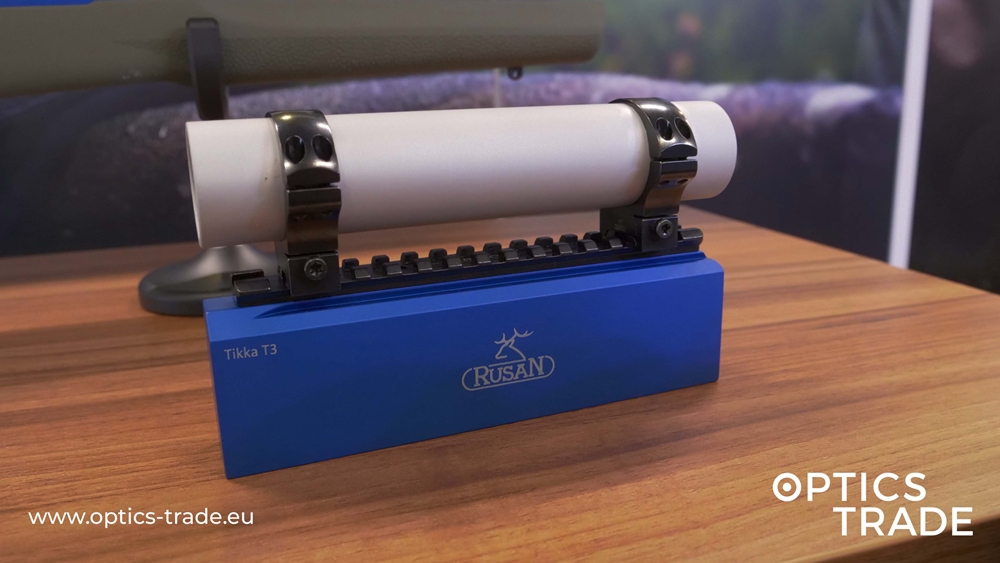Introduction
When talking about mounting solutions for riflescopes, attached to the rifles with rails (Picatinny, Weaver,…) or dovetails, we usually have in mind different types and designs of some sort of rings. But do we know the differences among them?
Although all rings for dovetails and rails may look similar, there are some major differences between them. It is important that we distinguish between tip off and roll off mounts (which are almost the same) on the one hand, and slide on mounts on the other.
No matter which type of mentioned mounts we choose, they are all going to function well on your rifle (if installed correctly), we are just going to explain some pros and cons and hopefully help you choose the right solution for your rifle.
You can spot and recognize the differences among tip / roll off and slide on mounts by looking at how they are attached to the dovetail / rail. As you can tell by its name, slide on mount can be slided onto dovetail / rail from the front or rear end of it and roll off mount can be rolled off to the side of the rail. As you would expect, tip off mount is attached and removed vertically on the dovetail / rail, commonly said tipped on or off.

Attachment Principle
To slide the slide on mount on the dovetail / rail, you have to start from one end (front or rear) and continue to the selected position. Unfortunately, tolerances are normally quite small, which means that there is a big chance of scratching your dovetail / rail, when attaching or removing the rings on it.
All slide on mounts have recoil stopper, needed for special purpose of mount application. Although, it is quite disappointing, that recoil stopper on a slide on mount is usually just one screw, put through it. On the contrary, tip off and roll off mounts have better recoil stoppers – made from one piece (as a part of the mount) or special pins.
The other problem with slide on mounts is that it is often needed to remove riflescope off from its rings, so that we are able to remove the mount at all. It can happen that when we slide the mount forward or backwards, we “crash” into rifle’s stock at the rear side or at the mechanical sight on a barrel at the front side and therefore we cannot take it off otherwise than removing the scope from its rings first. This can be a big disadvantage, if we do not want to remove the riflescope off of its rings, when the scope is already mounted and fixed.
Conclusion
In conclusion, slide on mounts are meant for Picatinny and Weaver rails, or the following dovetails: 11, 12, 14, 16.5 and 19 mm.
As a rule, slide on mounts are more rigid, because they are completely made from one piece. As a one piece product without moving parts, greater rigidness can be achieved. Tip off/ roll off mounts are always made from at least two pieces instead.
As a result of less parts and more simple production, slide on mounts can achieve lower prices, which is commercially attractive to different variety of buyers and good for sales. In addition, lower price of slide on mounts does not mean that their quality is not good enough. Quality level is on the same level as quality of tip off / roll off mounts.
The most important downside of slide on mounts is attachment principle, previously explained. If we cannot slide the scope with its ring to the back (because of the rifle’s stock) or to the front (because of optical sights), we are forced to disassemble rings from the scope in order to get it off. This usually plays a major role in choosing the right mounting solution, which is practical enough.
Slide on mount expression always refers to separate, two rings and does not mean a one piece mounting solution. Terminology used in this article is based on expressions that German manufacturers of mounting solutions normally use.





Hi, I’m looking for 30mm repeatable Picatinny rings for a Steiner Ranger 3-24×56 and a Picatinny base 20 moa to mount in a Tikka T3 lite. What do you recommend?
20 MOA Picatinny rails for Tikka T3 are available at this link:
https://www.optics-trade.eu/en/mounts/picatinny-rails/shopby/mount_inclination-20_moa_/suitable_for_tikka-tikka_t3.html
If you wish to have a repeatable 30mm Picatinny mount, we suggest one of these:
https://www.optics-trade.eu/en/innomount-for-picatinny-weaver-30mm.html
https://www.optics-trade.eu/en/henneberger-hms-swift-mount-for-picatinny-30-mm.html
https://www.optics-trade.eu/en/makuick-one-piece-mount-merkel-rx-helix-30mm.html
For more information or if you have any further questions, please contact our sales team at [email protected]